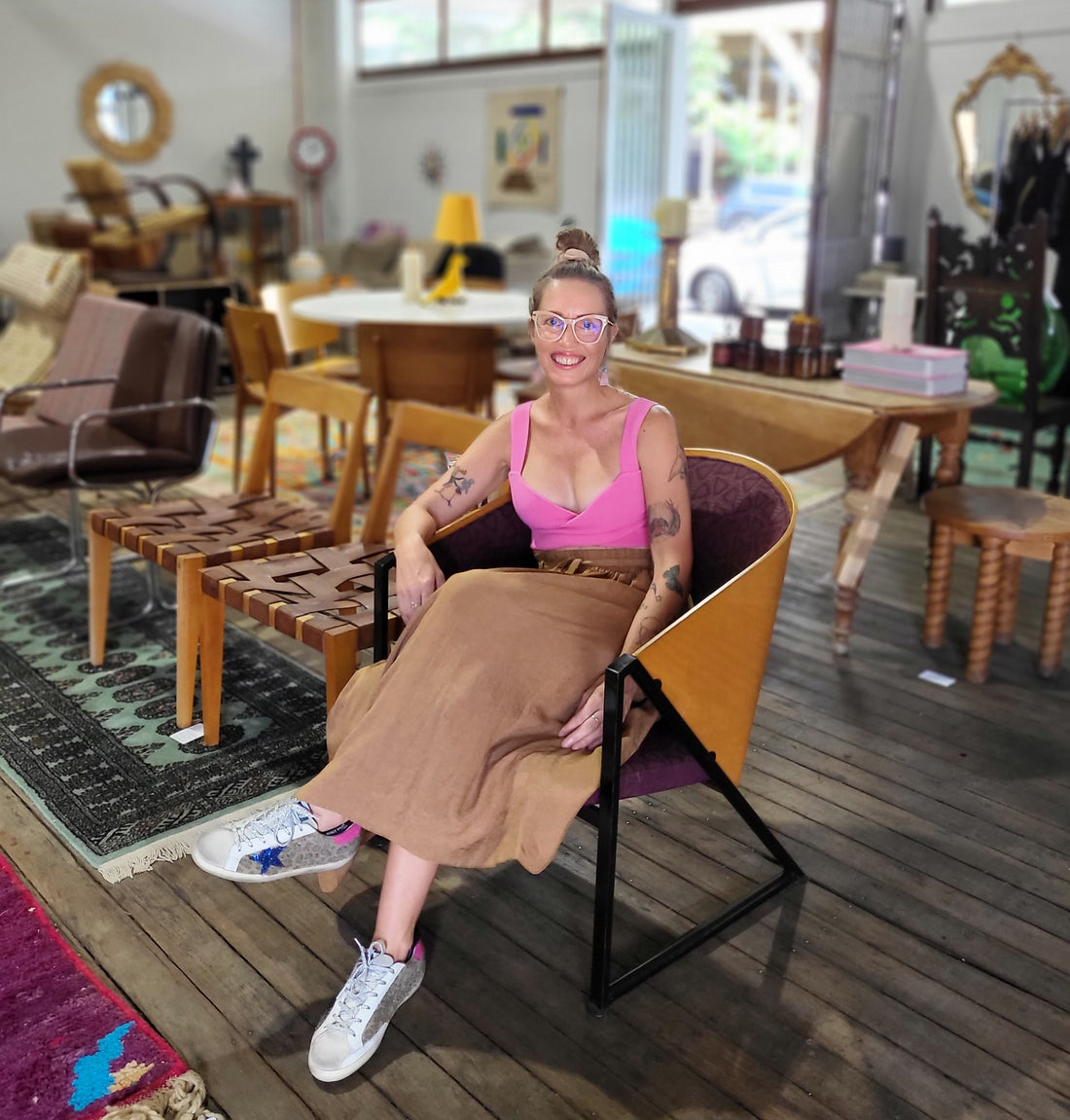
And Don't Forget Colour!
In the world of interior design, eclectic style reigns supreme when it comes to creating spaces that are truly unique and personalised. Blending elements from different eras and styles—such as antique, Art Deco, mid-century modern, and contemporary—can result in a harmonious, visually stimulating environment that tells a story of time and taste.
One of the key elements in achieving this eclectic blend is the thoughtful use of colour.
Here's how to bring these diverse styles together seamlessly, with a vibrant and cohesive color palette.
1. Antique Charm
Antique pieces bring a sense of history and craftsmanship to your home. Look for items like Victorian-era furniture, ornate mirrors - particularly gilt (a gold layer of paint), and intricate wooden chests. These pieces often have a rich patina and detailed carvings that add texture and depth.
Pairing an antique wooden sideboard with a modern abstract painting, for example, creates a striking contrast that highlights the unique qualities of both pieces.
2. Art Deco Elegance
Art Deco is all about glamour and sophistication, characterised by bold geometric patterns, shiny surfaces, and luxurious materials like marble, glass, and chrome. This was the period of sophistication, luxury and exuberant parties!
Incorporate Art Deco elements through statement lighting, such as a chandelier with cascading crystals or a sleek, chrome floor lamp. Mirrors with sunburst frames and lacquered furniture can also bring a touch of 1920's opulence into your eclectic mix.
3. Mid-Century Modern Simplicity
Mid-century modern design focuses on clean lines, organic shapes, and functional beauty. Eames chairs, teak coffee tables, and minimalist sofas with tapered legs are iconic pieces from this era. The simplicity of mid-century modern furniture allows it to blend effortlessly with both older antiques and more contemporary items.
To tie in mid-century modern pieces, use textiles and accessories in bold, primary colours or playful, geometric patterns.
4. Contemporary Flair
Contemporary design is all about the here and now, with a focus on simplicity, clean lines, and a minimalist approach. This style often uses neutral colours, open spaces, and high-quality materials.
To integrate contemporary elements, opt for a sleek, modular sofa, glass or metal coffee tables, and abstract artwork. The key is to keep the space uncluttered, allowing each piece to stand out.
5. Creating Balance
The success of an eclectic space lies in balance and cohesion. Too many bold elements can create chaos, while too few can leave a space feeling flat. Use colour to create harmony—repeating shades from your chosen palette in different pieces helps tie everything together.
Balance heavy, ornate antiques with lighter, simpler contemporary pieces. Use mid-century modern furniture to bridge the gap between the detailed antiques and the sleek contemporary items.
6. Layering Textures and Patterns
Don’t shy away from mixing textures and patterns. A velvet Victorian sofa can sit comfortably next to a sleek Art Deco console, while a geometric mid-century rug anchors the space. Contemporary throw pillows and blankets in coordinating colours can pull the look together. Layering different textures—smooth glass, rough wood, soft textiles—adds richness and interest to your design.
7. Personal Touches
Finally, make sure your eclectic space reflects your personality. Display your favourite collections, whether they are antique books, Art Deco vases, or contemporary sculptures. Personal touches bring warmth and individuality to your home, making it a true reflection of your eclectic taste.
AND .. The Power of Colour!
Colour is the glue that can bind different styles into a cohesive whole.
Start by choosing a base colour palette that complements each era. For instance, rich jewel tones like emerald green, sapphire blue, and deep burgundy, commonly found in antiques and Art Deco pieces, can serve as a luxurious foundation.
From there, you can introduce mid-century modern hues such as mustard yellow, teal, and olive green.
Contemporary design often favours neutral tones—think whites, greys, and blacks—which can be used to balance and ground the more vibrant colours.
SO ..
By thoughtfully blending antiques, Art Deco elegance, mid-century modern simplicity, and contemporary minimalism, you can create a home that is both cohesive and uniquely yours.
Use colour as your guide to harmonise these diverse styles, and don't be afraid to experiment with textures, patterns, and personal touches.
The result will be an eclectic space that is as timeless as it is stylish.
by Zoey Cash